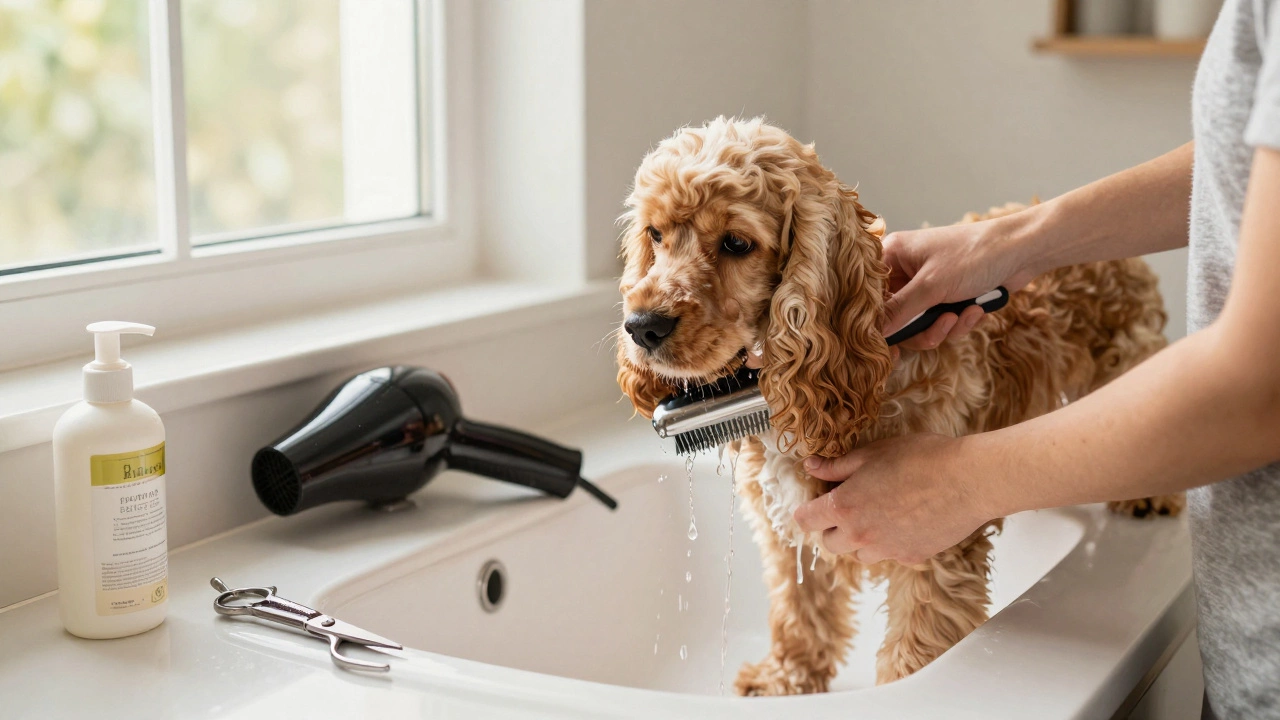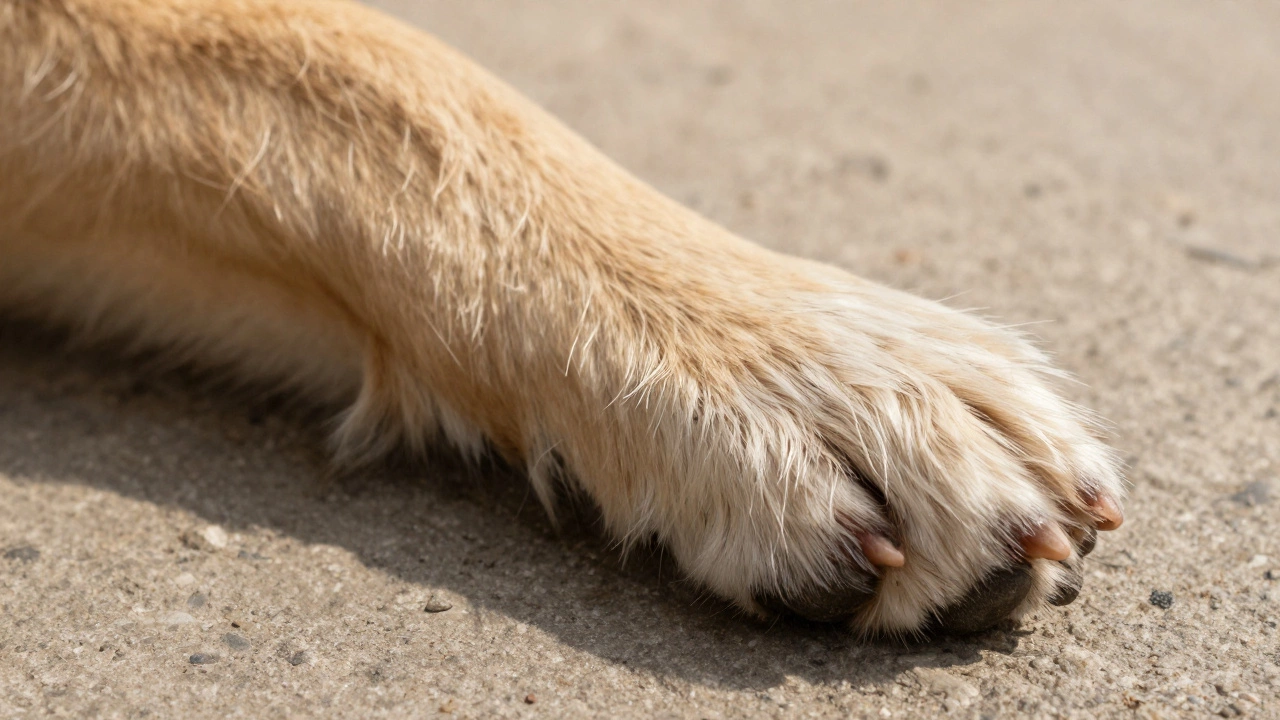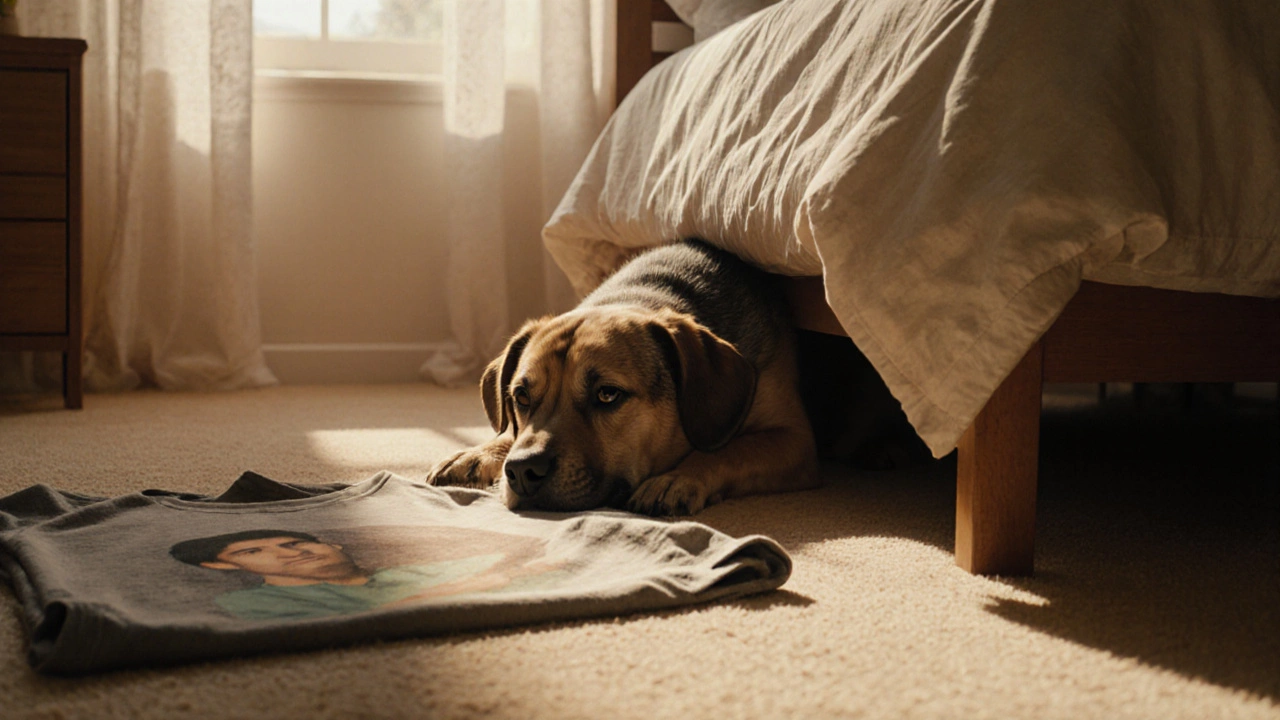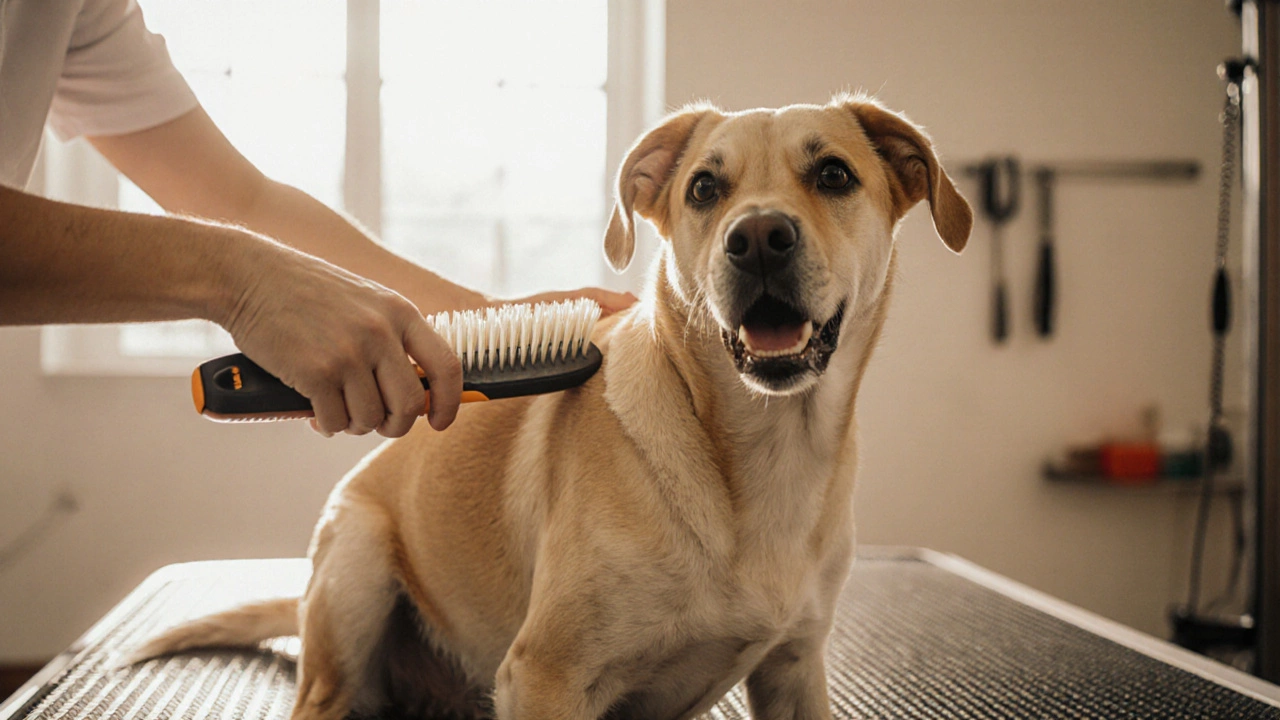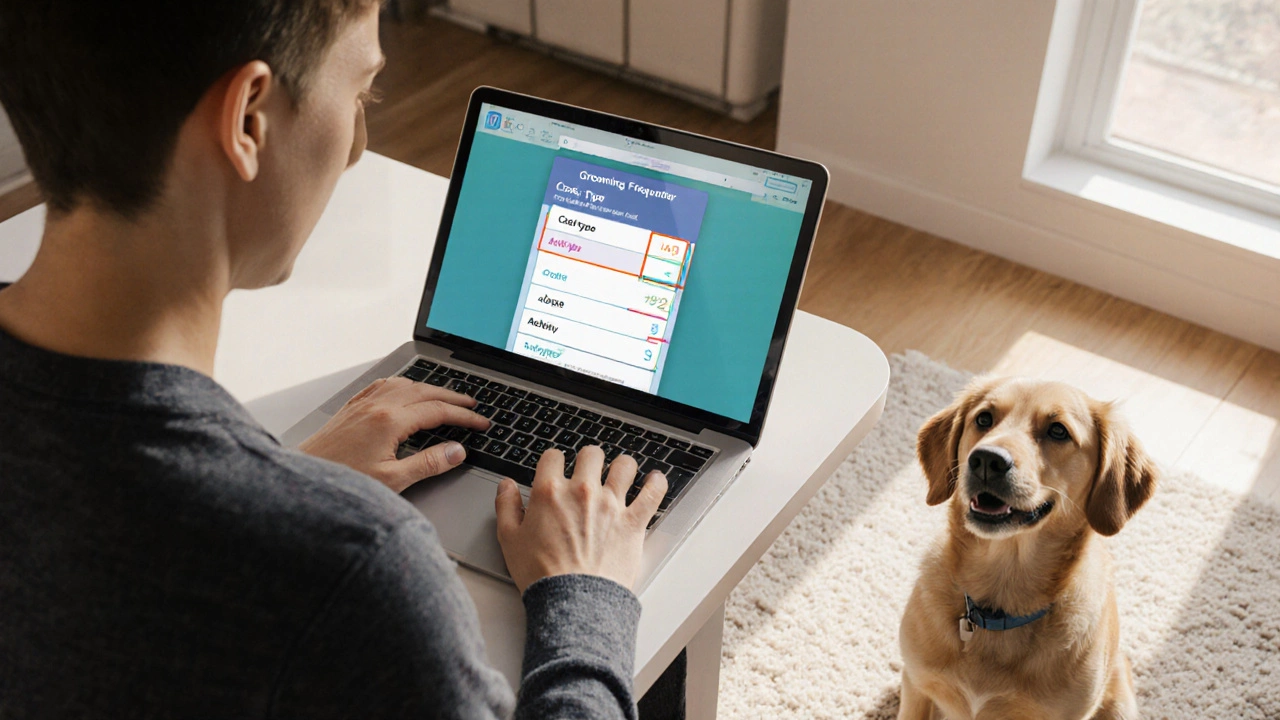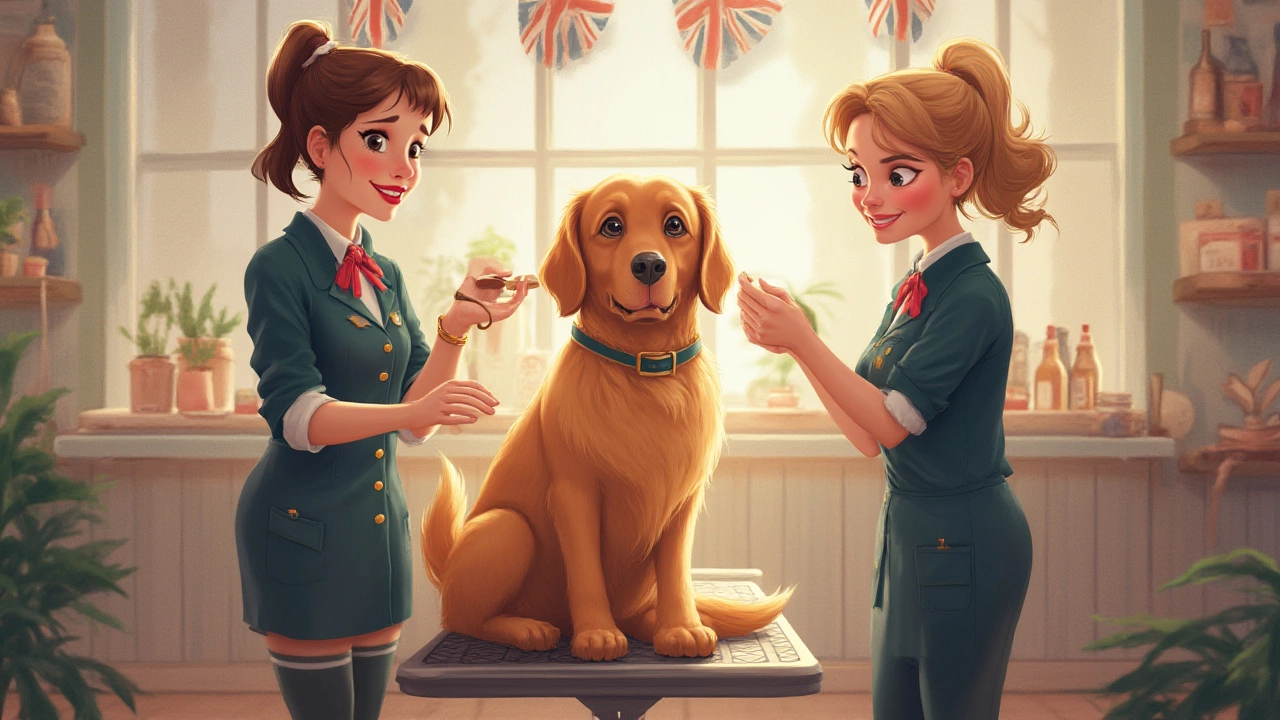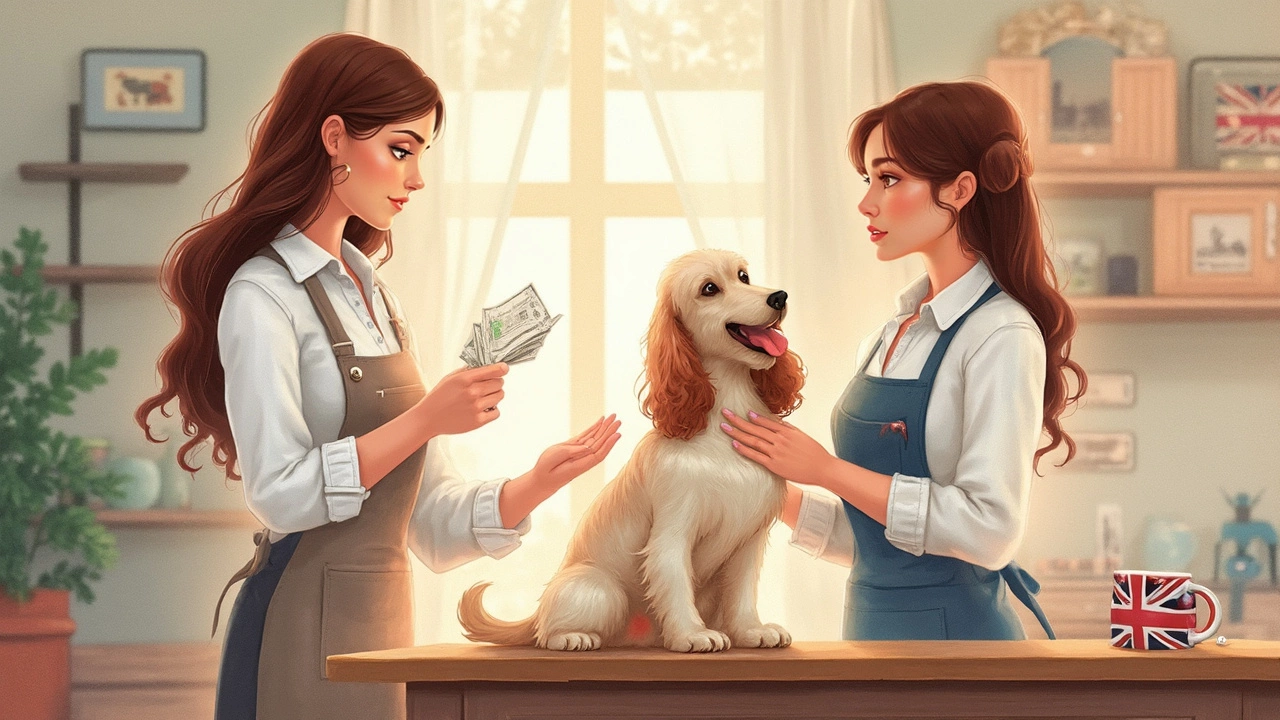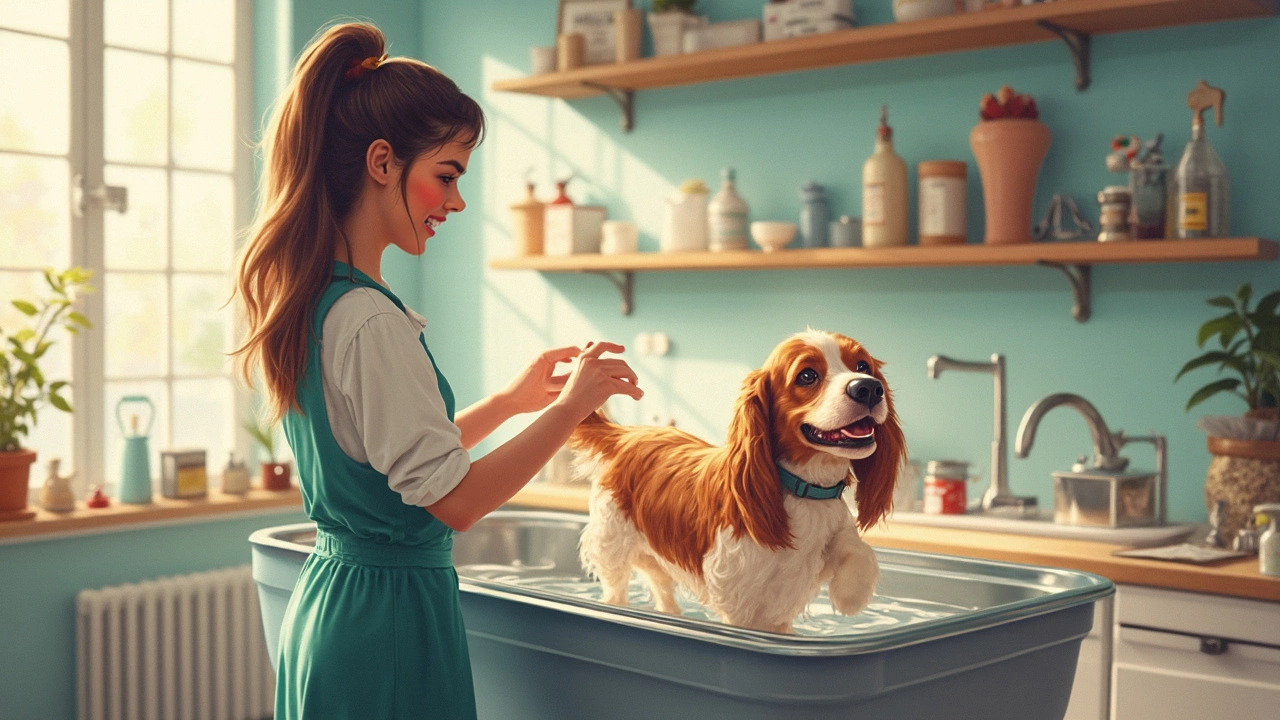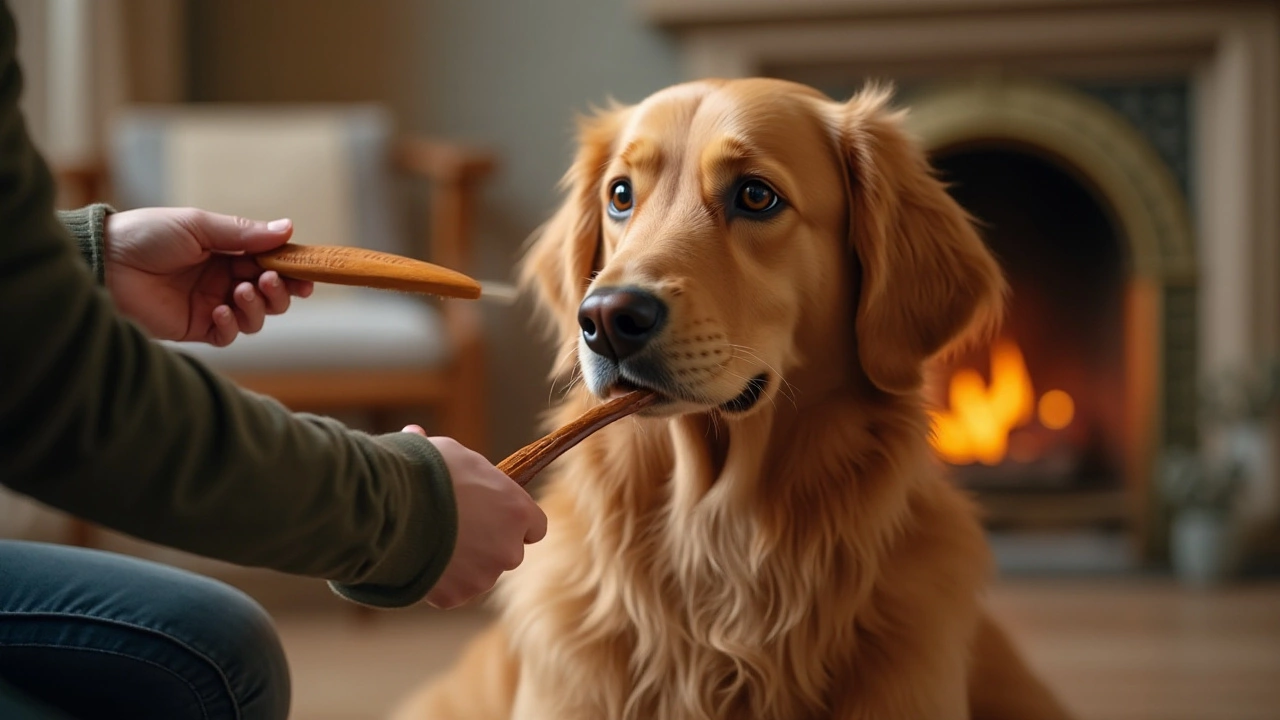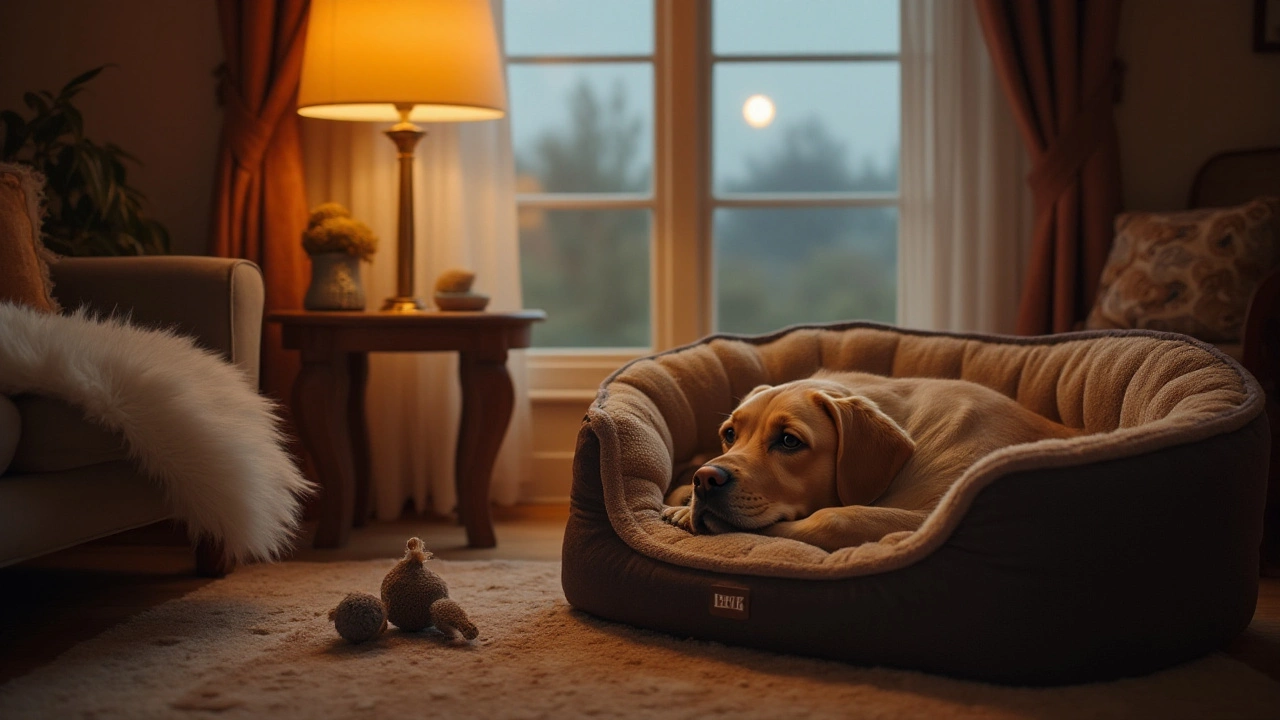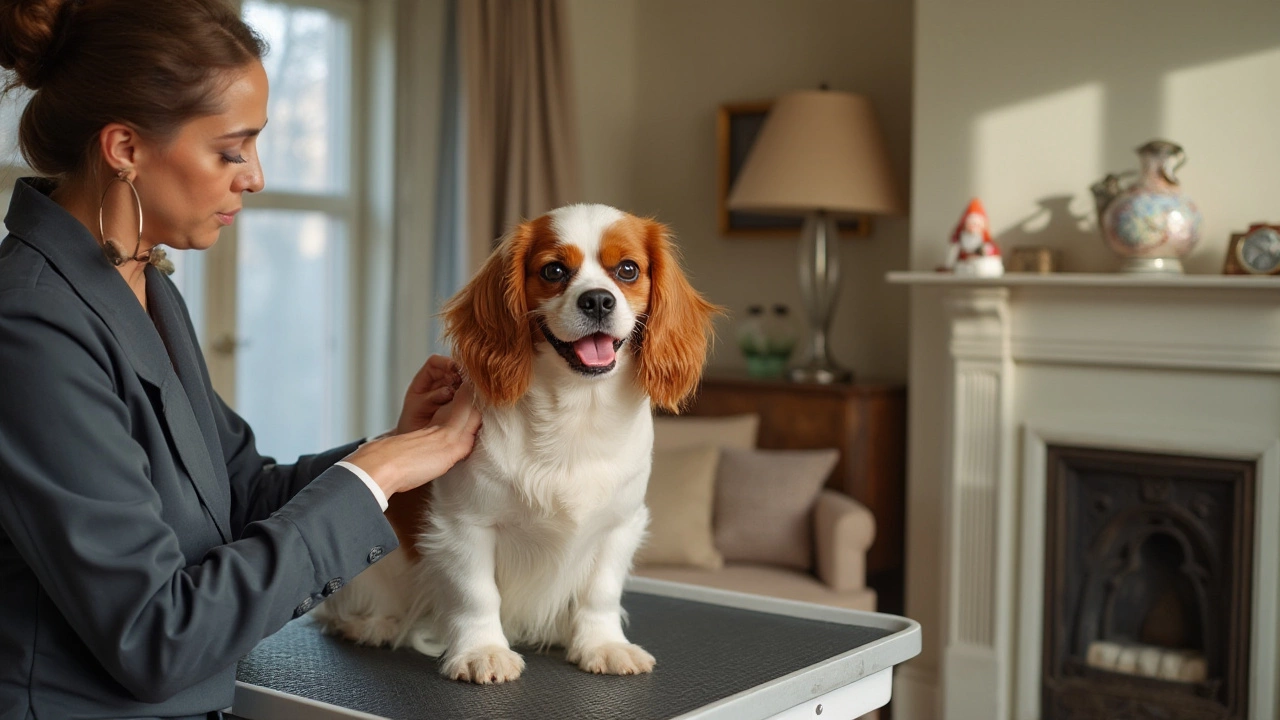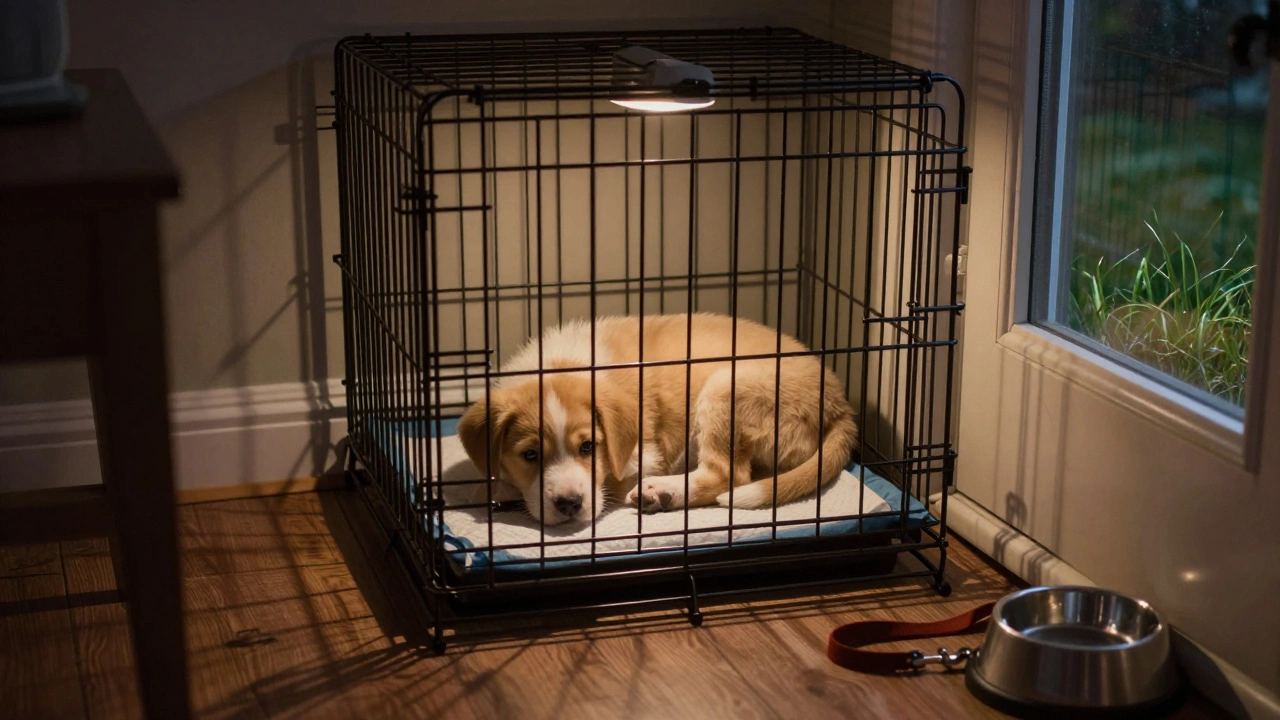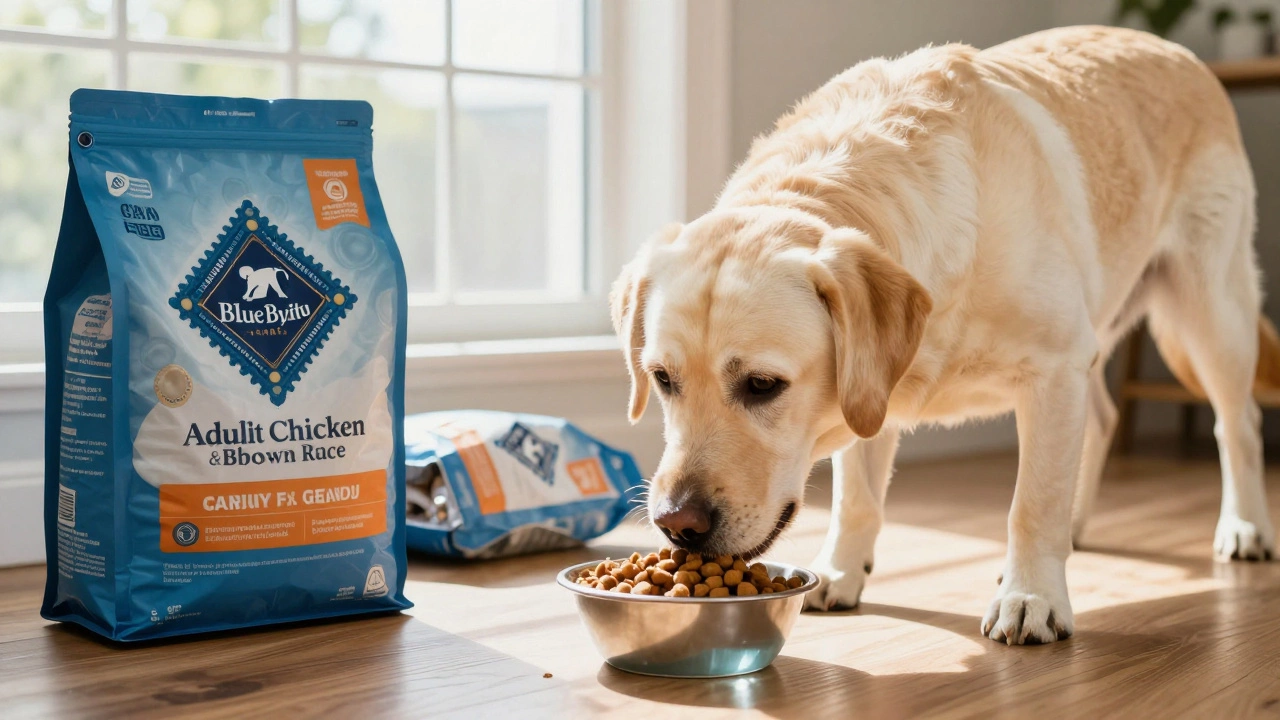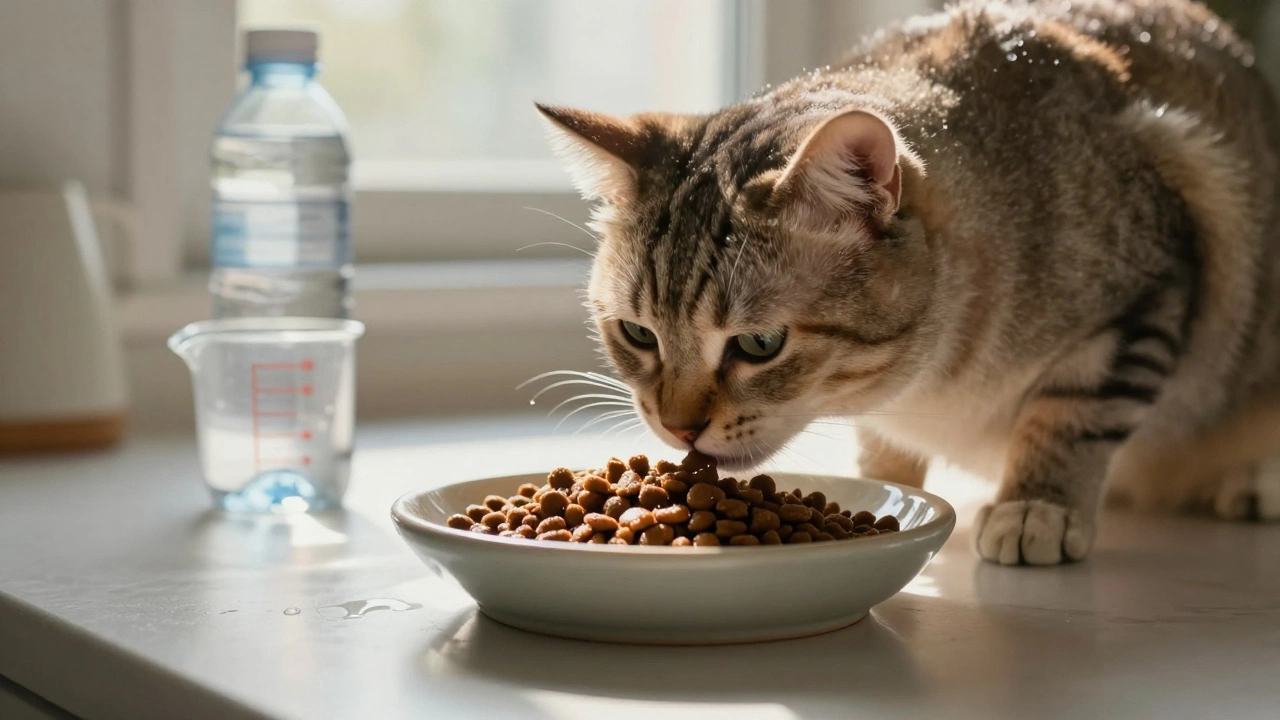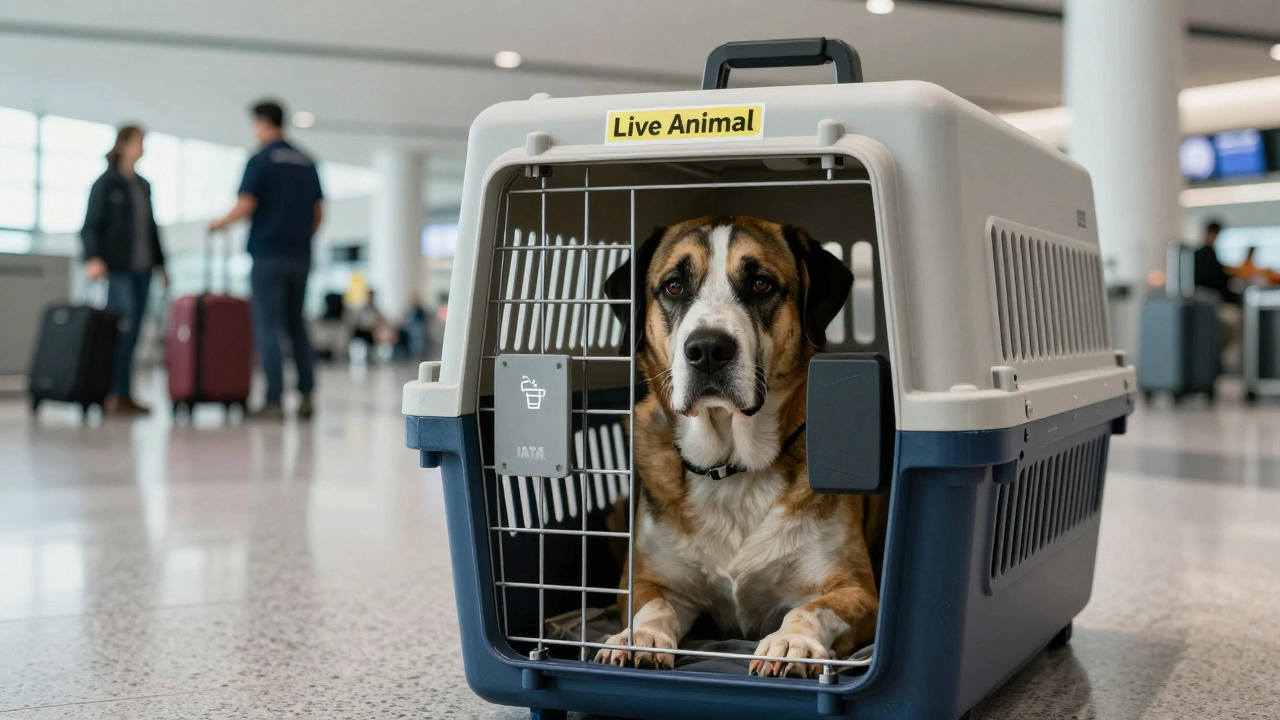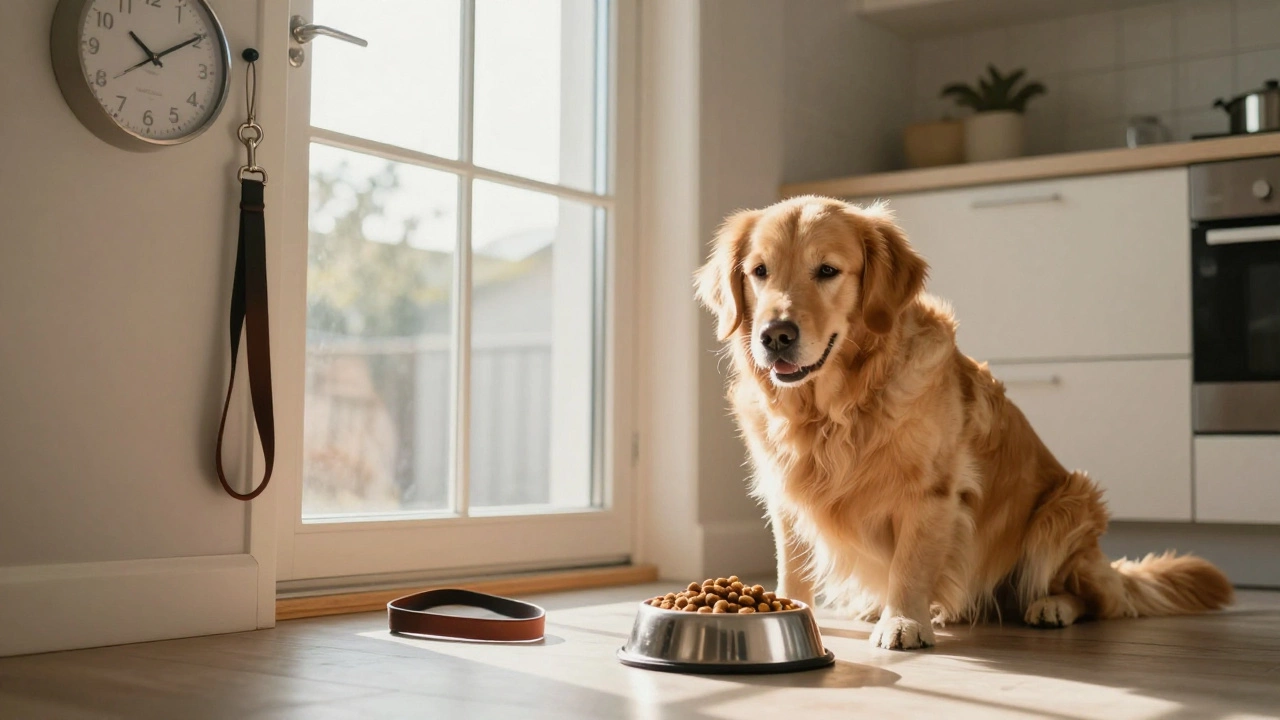Dog Grooming: Practical Tips and Local Services for South Tyneside Owners
Got a pup that loves to roll in the mud or shed like crazy? You’re not alone. Dog grooming can feel like a chore, but the right approach makes it quick, painless, and even fun for both of you. Below you’ll find the basics of why grooming matters, when to call in a pro, and a few handy tricks you can try at home.
Why Professional Grooming Is Worth the Investment
First off, a professional groomer does more than just give your dog a fresh cut. They spot skin irritations, ear infections, and nail problems early, saving you a vet visit later. In South Tyneside, most salons follow a wash‑then‑trim routine, which helps keep the coat clean before any cutting happens. This order prevents matting and makes the final trim look smoother.
Most owners wonder about tipping, especially if the groomer owns the business. The short answer? A small tip (5‑10% of the service price) is always appreciated, even for owner‑operators. It shows you value their skill and the extra care they put into handling your dog’s temperament.
If budget is a concern, compare the cost of a professional session with the time you’d spend learning to use clippers, brushes, and dryers correctly. A single session can save you hours of trial‑and‑error at home and keep your dog looking and feeling great.
Easy At‑Home Grooming Hacks
When you’re not heading to the salon, a few simple habits keep your dog comfortable. For brushing, choose wet or dry methods based on coat type. Wet brushing works well for double‑coated breeds because water loosens tangles, while dry brushing is better for short hair that can get static‑charged.
Use a firm but gentle grip to keep your dog still during grooming. Many groomers use a “calm hold” – a hand under the chest and a steady palm on the back – to prevent sudden movements. You can practice this at home with treats and short sessions to build trust.
Don’t forget the nails. If you hear a click on the floor, it’s time for a trim. A quick nail clip every few weeks avoids painful breaks. For dogs that hate the sound of clippers, a dremel tool on low speed does the trick without the buzz.
Finally, think about lighting. Leaving a soft night‑light on can reduce anxiety for dogs that get nervous in the dark, especially when they’re sleeping in a new crate or boarding facility. Just make sure the light isn’t too bright; a warm glow works best.
Whether you book a session with a South Tyneside groomer or tackle the basics yourself, consistency is key. Regular grooming keeps shedding under control, reduces foul odors, and strengthens the bond between you and your dog. So grab a brush, set a reminder, and enjoy the fresh‑smelling results together.
How to Save Money on Dog Grooming Without Sacrificing Quality
Learn how to save hundreds a year on dog grooming by brushing regularly, trimming nails at home, bathing smartly, and using affordable tools. Skip expensive salons without sacrificing your dog’s health or appearance.
What Not to Cut When Grooming a Dog: Essential Do's and Don'ts
Learn what not to cut when grooming your dog to avoid pain, injury, and long-term coat damage. Essential tips on nails, whiskers, ear hair, and more from a UK dog grooming expert.
Why Does My Dog Act Weird After the Groomers? Common Reasons and What to Do
Your dog acts weird after grooming? It’s not bad behavior-it’s stress. Learn why dogs hide, stop eating, or tremble after the salon, and how to help them recover safely.
Do Dogs Cry During Grooming? Understanding the Signs
Learn why dogs may whine or yelp during grooming, how to read their stress signals, and steps to keep grooming calm and safe.
How Often Should You Groom Your Dog? Normal Frequency Explained
Learn the right grooming schedule for any dog breed, from short‑haired to double‑coated, with tips on tools, signs, and DIY vs professional care.
How Dog Groomers Keep Dogs Still: Tips, Tools, and Secrets for Stress-Free Grooming
Discover how professional dog groomers keep dogs still during grooming. Learn top strategies, calming tips, clever tools, and why patience is a groomer’s best friend.
Do You Tip a Dog Groomer Who Owns the Business?
Trying to figure out if you should tip your dog groomer when they own the business? This article tackles the confusion with honest, straightforward advice. Get clear guidance on when and how much to tip, plus the real reasons behind tipping pros—even if they're the boss. You'll leave knowing what most pet owners actually do and what makes your groomer truly appreciate you. Avoid the awkwardness at checkout and show your appreciation the right way.
Do Dog Groomers Wash or Cut First? Nail the Facts
Ever wondered if dog groomers wash or cut first? This article uncovers the secrets of a groomer's routine, explaining why the sequence matters. Get tips and tricks to ensure your pet has the best grooming experience. Learn about safety measures and common practices in grooming salons. It's time to uncover the mysteries of dog grooming and keep your furry friend in tip-top shape.
Brushing Your Dog: Wet vs Dry – Which is Best?
Brushing your dog is an essential part of grooming, but should you do it when their fur is wet or dry? This article explores the pros and cons of each method, helping pet owners make an informed decision. Learn about different dog coat types, how wet and dry brushing affect them, and get tips on maintaining your dog's coat in optimal condition. Discover the impact of moisture on tangles, shedding, and overall doggy hygiene. This read will help make your grooming routine more effective, enhancing your dog's comfort and appearance.
Leaving a Light on for Your Dog: How It Affects Comfort and Sleep
Leaving a light on for your dog while you're away might seem like a small thing, but it can significantly impact your furry friend's comfort and well-being. Dogs, like humans, can feel anxiety in darkness, especially in unfamiliar or large spaces. This article explores whether leaving a light on aids in reducing anxiety or if darkness helps your pup get better rest when nestled in their dog bed. We'll dive into the benefits and potential downsides of artificial lighting, discuss practical tips, and consider what factors to weigh when leaving your home.
Is Hiring a Professional Dog Groomer Worth It?
Deciding whether to hire a professional dog groomer can be puzzling for pet owners weighing the cost against the advantages. A professional groomer offers an array of benefits, from ensuring your dog’s coat and nails are well-managed to spotting health issues early. Regular grooming also promotes better hygiene, leading to a happier pet and a cleaner home. However, it’s essential to consider your dog’s temperament, health needs, and your budget before making a decision.

